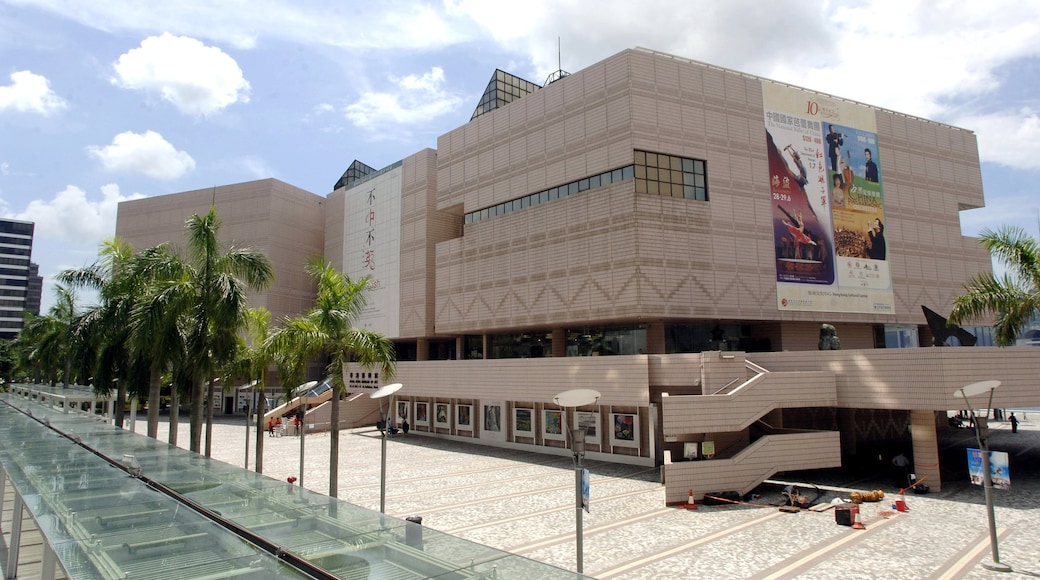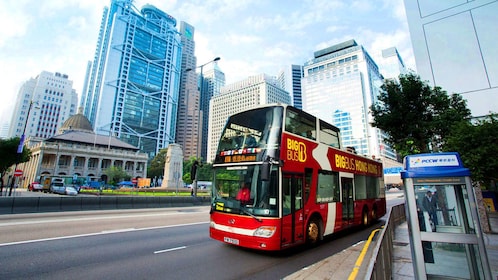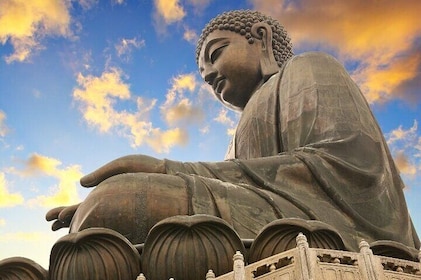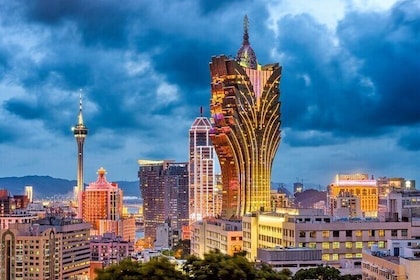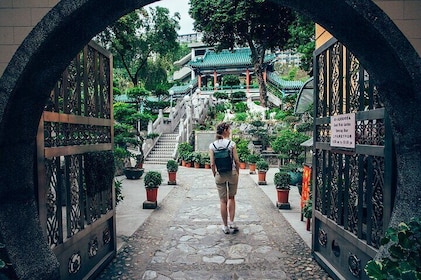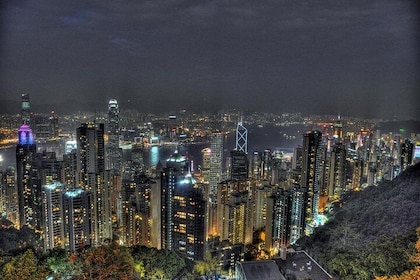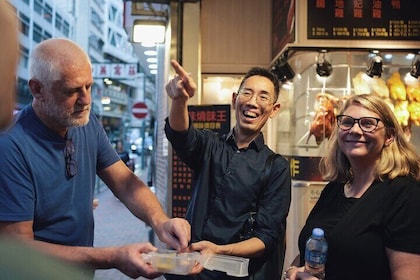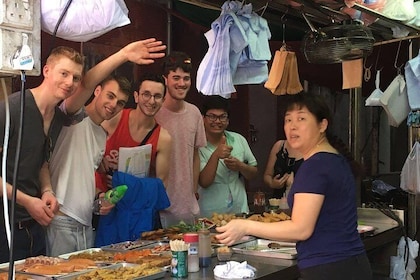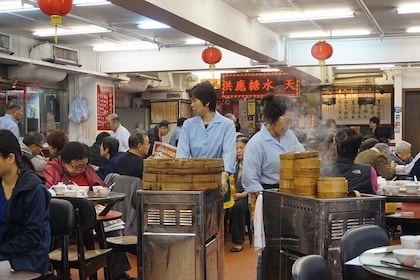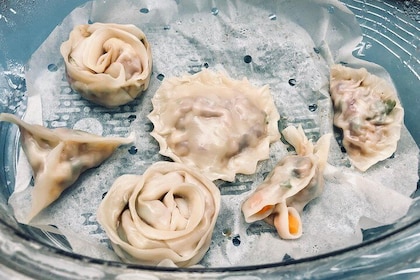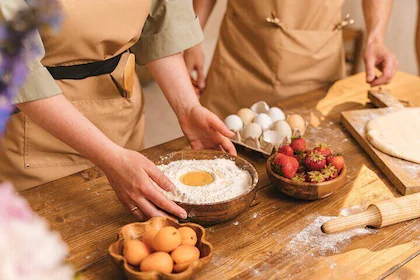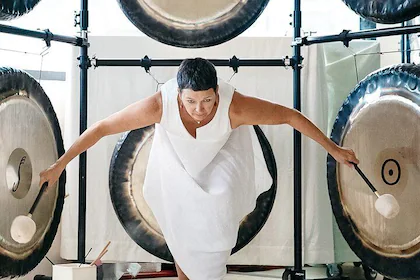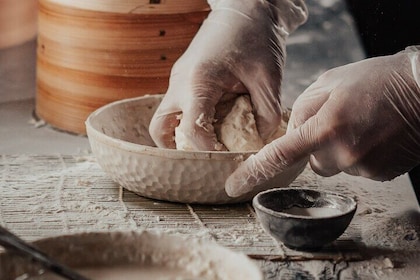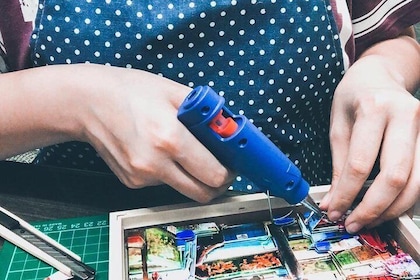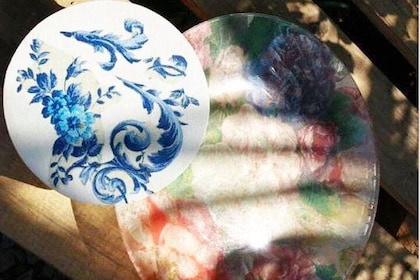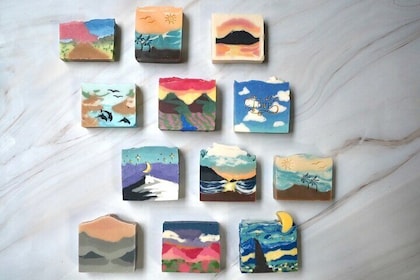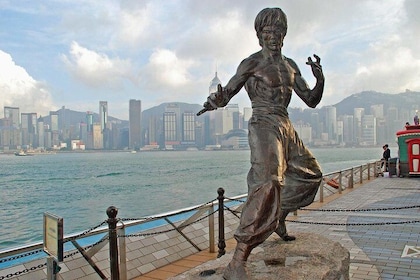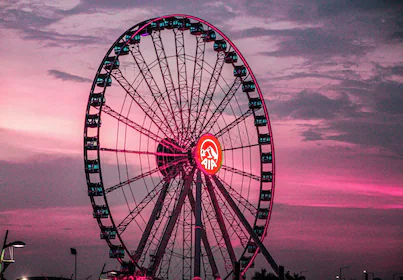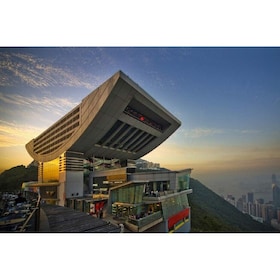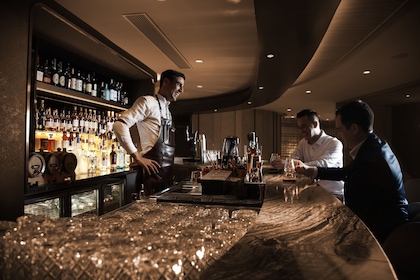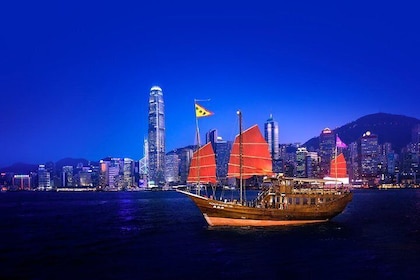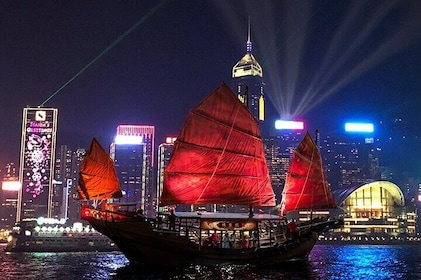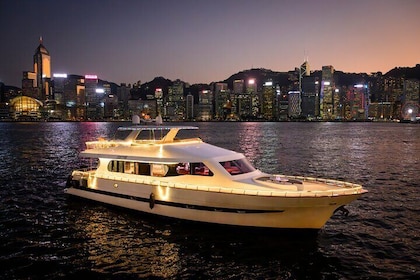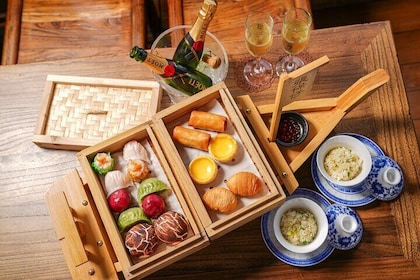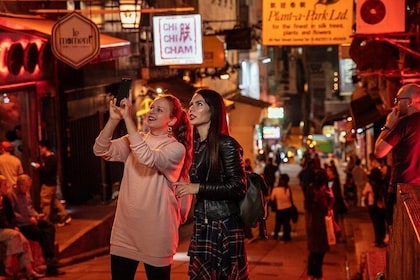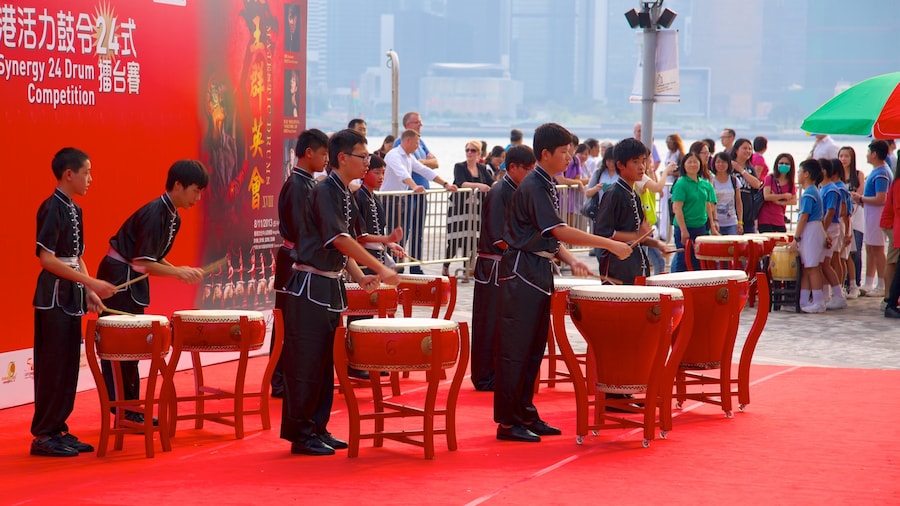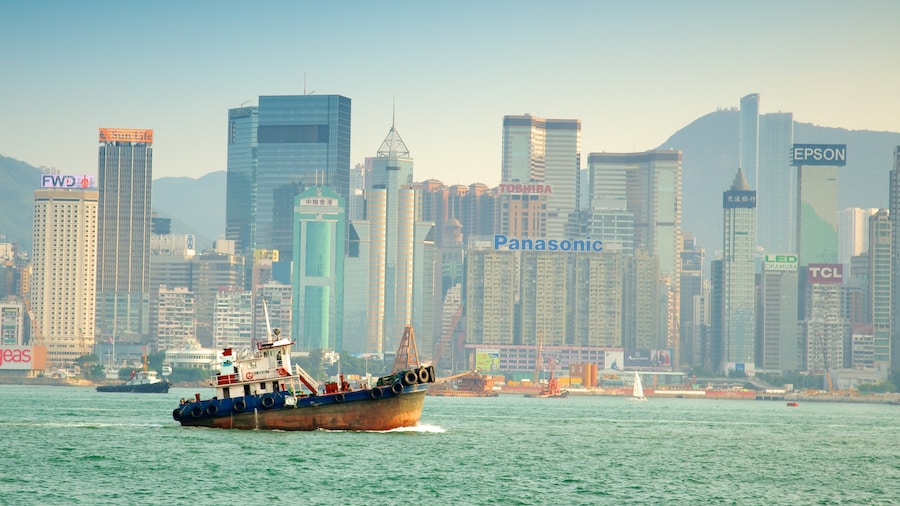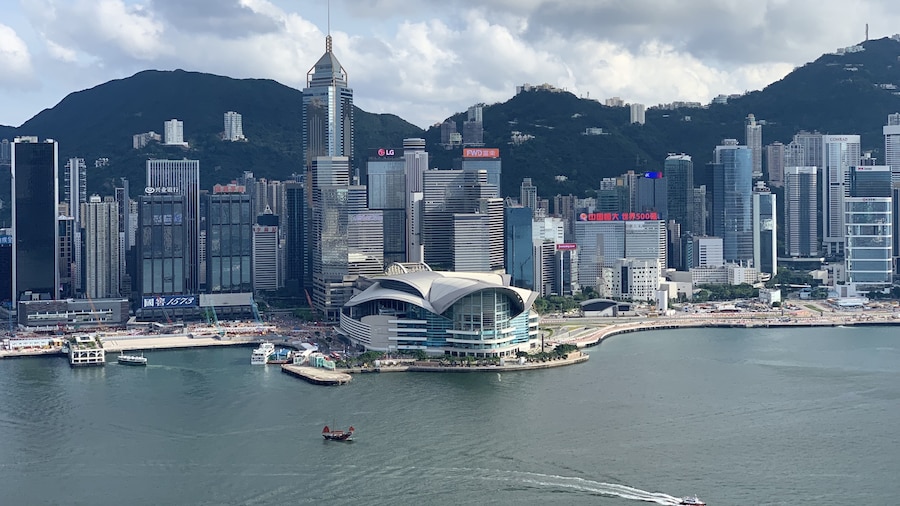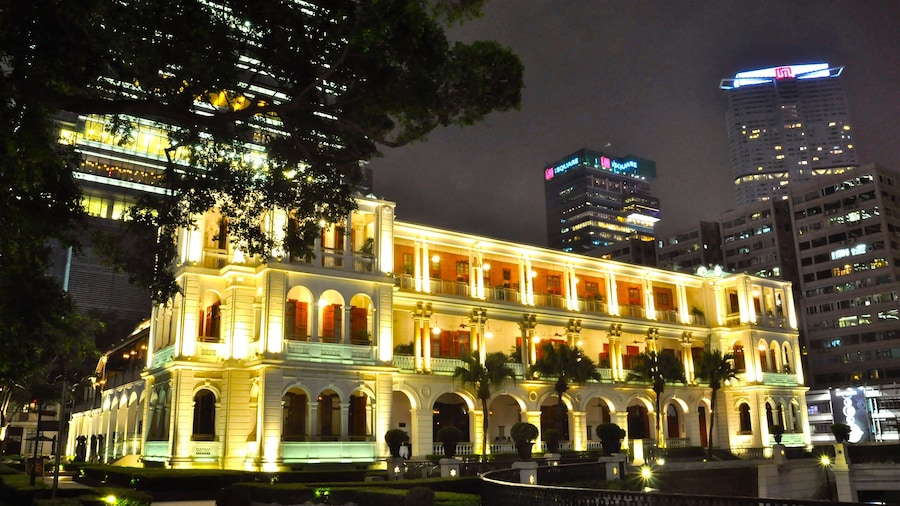With more than 15,000 works of art within its walls, the Hong Kong Museum of Art is a haven for art lovers who flock here to enjoy its host of creative treasures.
Opened in 1962, the museum is home to an array of interesting artworks, from ancient paintings and scrolls through to modern-day masterpieces. Hong Kong’s fascinating history comes to life through its art, and the story is continued through the temporary exhibitions displaying work by local artists.
Try and set aside a few hours to see everything the museum has to offer. But if you’re pushed for time, you can still drop in to see the highlights – it’s location near to the Star Ferry port and overlooking the Tsim Sha Tsui harbour means it’s ideally situated for tourists.
The majority of the museum’s collection is made up of paintings, sculptures and calligraphy from Hong Kong and mainland China. Starting at the 16th Century and working up to the present day, the pieces in the museum give a fascinating insight into the history of Hong Kong. Don’t miss the Xubaizhai Gallery, which is devoted to paintings and scrolls depicting daily life under the Ming and Qing dynasties.
The museum rotates many pieces, meaning that depending on when you visit, you could see completely different artworks. As well as the permanent pieces, rotations include wall hangings, ceramics, and carvings of bamboo, bronze and jade.
The temporary display is devoted to local artists, many of whom are renowned for their innovative fusion of Western and Chinese styles and traditions. Take a look at the museum’s website to see what’s on during your visit.
The Flagstaff House Museum of Tea Ware in Hong Kong Park is a sister branch of the Hong Kong Museum of Art. The oldest surviving example of British-style architecture in the city, it has a large ceramics collection.
The best way to get to the museum is to take the metro to Tsim SHa Tsui MTR station and take Exit E. Alternatively you can take the Star Ferry from Wan Chai or Central to the Tsim Sha Tsui ferry port and then walk the rest of the way.
